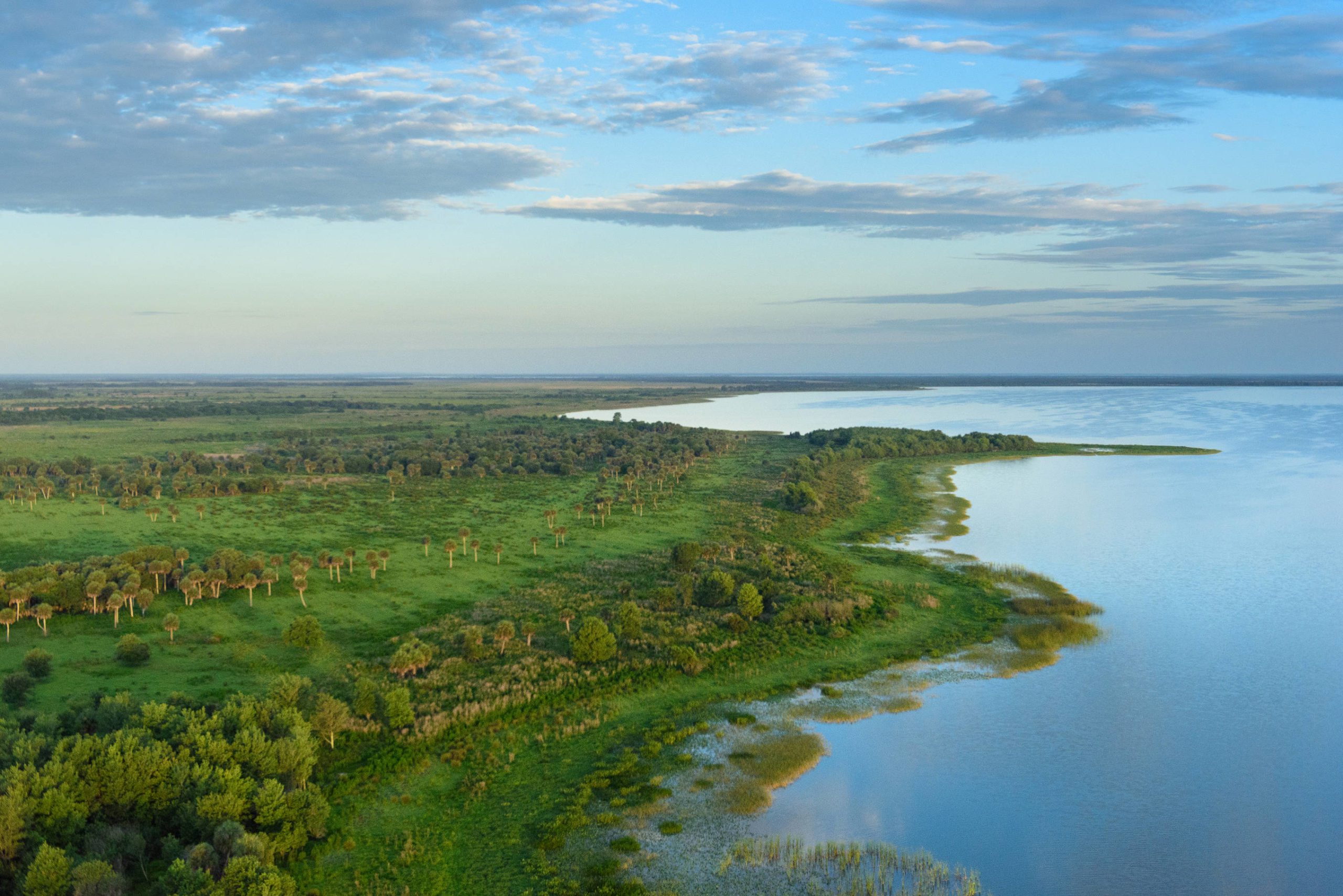Executive Summary:
Florida’s Water Resources Act is one of the most forward-looking, comprehensive, and highly regarded water laws in the nation. The law has long held that water is a public resource and the Act provides a roadmap to protect the natural system and enhance drinking water supplies. But decades of delays in establishing minimum flows and levels (“MFLs”) and water reservations for our state’s water bodies, coupled with failures in acquiring enough land for adequate water storage, have hobbled water supply planning and jeopardized our water resources.
While highlighting the critical importance of the law’s treatment of water as a public resource and discussing the many sound and protective statutory provisions already in place, this paper makes five key recommendations that would optimize existing water supply planning law to restore balance to Florida’s natural water storage system and restore America’s Everglades. Water supply plans should:
• Quantify the Amount of Water Needed for the Natural System. In the same way regional water supply plans must quantify projected user needs and available sources over a 20-year planning horizon, the needs of the natural system and available sources of water should be quantified.
• Include a priority list and a timeline for which both MFLs and reservations must be developed to ensure these protections are in place before additional water is allocated from the identified waters.
• Consider All Ways to Achieve or Reduce Violations of MFLs. Current recovery strategies often rely on large, unfunded restoration projects without a clear implementation timeline. The water supply planning process should provide a forum to assess whether there are faster or interim ways to implement an MFL – including on-the-ground adaptive management, operational, or regulatory fixes – which could be incorporated into the recovery strategy.
• Identify Ways to Deliver Water to Support Healthy Populations of Fish and Wildlife. This would include “making up” water that was already permitted to other users at the time of a water reservation’s development and operational changes that would deliver additional needed water to fish and wildlife.
• Identify How Land Acquisition Would Help Meet Water Supply Needs. The state’s distinctive seasonal rainfall patterns demand significant natural water storage capacity that has been eliminated by development over the last half-century, resulting in cyclical flood, drought and fire threats. Regional water supply and Everglades restoration needs cannot be met without additional land for water storage.


